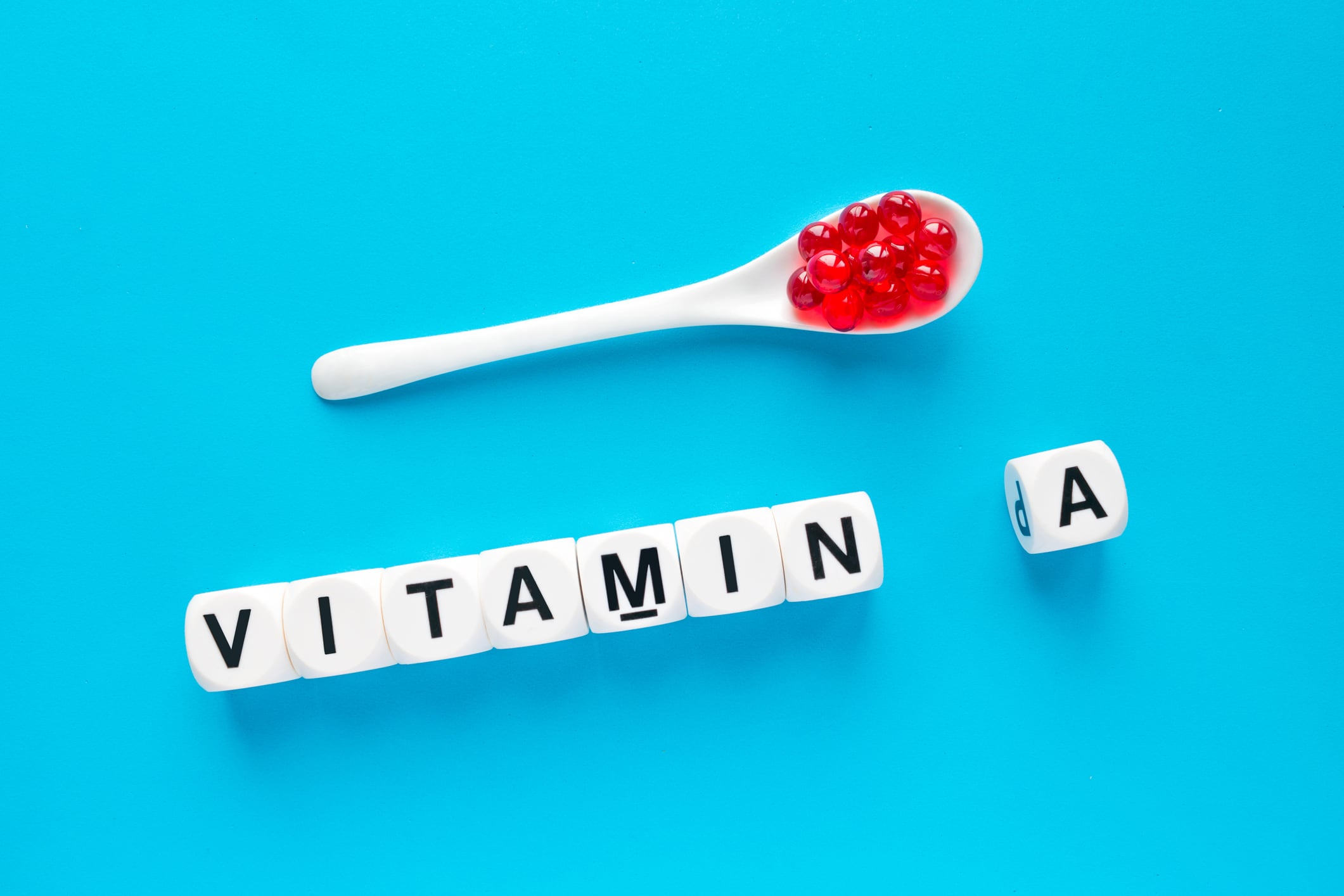Writing in a collection of five global patents, the ingredients major outlined a series of processes in which it produced vitamin A aldehyde (retinal), converted this into vitamin A alcohol, and further converted this into retinyl esters, including long chain esters and acetate. In a final patent, DSM also detailed “new intermediaries for the vitamin A synthesis”.
Across the four patents* on enzymatic processing [*1, 2, 3, 4], DSM said it had produced “important” precursors for the production of retinoids – retinal, retinol and retinyl esters, including long chain and acetate.
Retinal, it said, was produced through stereoselective conversion of beta-carotene and retinol through the conversion of the former using heterologous enzymes. Retinyl esters were then made from further conversion of retinol, using enzymes with acyltransferase activity for long chain esters or acetyle-transferase activity for acetate.
In its final patent, DSM said it had identified and synthesized “new compounds” to make vitamin A or its derivatives. “The goal of the present invention was to find easily accessible compounds, which can then be used in an improved synthesis of vitamin A or its derivatives,” it wrote.
'Important and indispensable nutrient factors'
“Vitamin A plays a role in a variety of functions throughout the (human) body, such as vision process, gene transcription, immune function, bone metabolism, haematopoiesis, skin and cellular health and antioxidant functional,” DSM wrote. “Due to the importance of vitamin A (and its derivatives) and the complexity of the synthesis thereof, there is always a need for improved processes of production.”
DSM said retinoids, of which vitamin A being was one example, were “very important and indispensable nutrient factors for human beings which have to be supplied via nutrition”. But, current chemical production had “undesirable characteristics”, including high-energy consumption; complicated purification steps; and by-product, it said.
While alternative ways to manufacture retinoids had been developed, most methods produced levels too low for commercial scale-up, and stability and by-product remained issues, the ingredients major said. It was, therefore, an ongoing task to improve current processes and also look for alternative, biotech routes.
DSM said it had “surprisingly” identified enzymes suitable to improving the production of retinal, retinol and retinyl compounds.

For retinal, it found so-called trans-cleavage enzymes isolated from various species of fungi, plant or animal, preferably fungi including yeast, that were capable of selective conversion of beta-carotene into retinal, in particular trans-retinal. Importantly, the productivity of such enzymes, coined 'stereoselective beta-carotene oxidizing enzymes' or 'BCO' for short, led to a retinal mix with an “improved product ratio towards production of trans-isoforms”, where the the range of trans-retinal was about 65% of total retinoid content compared to the amount of cis-retinal.
“The present invention is directed to a process for decreasing the percentage of cis-retinal in a retinal mix, or for increasing the percentage of trans-retinal in a retinal mix,” DSM wrote.
For retinol production, it had identified specific retinol dehydrogenases (RDHs), preferably fungal, capable of converting at least 90% retinal into retinol.
Long chain retinyl esters and retinyl acetate, DSM said, could then be formed through specific enzymatic reactions with retinol.
'Important work' at DSM
Speaking to NutraIngredients-LATAM, Maria Pavlidou, head of marketing communications at DSM, said it was too early to comment in detail on the patent filings but said the publications reflected “important work that DSM Nutritional Products is doing on its core vitamins”.
Pavlidou said many countries suffered from vitamin A deficiency – a 2009 WHO report, for example, indicated the deficiency affected 190 million preschool children and 19.1 million pregnant women alone. These deficiencies, she said, altered body functions and could lead to “many negative health consequences”, including weakened immune systems, growth retardation in children, xerophthalmia, an increased burden of infectious disease and an increased risk of death.
“So, vitamin A is a key nutrient and it is important to innovate and bring it to the market to the people who need it,” she said.
Patent 1
Source: WIPO International Patent No. 2019/057999
Title: “Production of Trans-Retinal”
Published: March 28, 2019. Filed: September 25, 2018
Author: DSM IP Assets B.V. - N. Balch et al.
Patent 2
Source: WIPO International Patent No. 2019/057998
Title: “Production of Retinol”
Published: March 28, 2019. Filed: September 25, 2018
Author: DSM IP Assets B.V. - N. Balch et al.
Patent 3
Source: WIPO International Patent No. 2019/057996
Title: “Production of Retinyl Esters”
Published: March 28, 2019. Filed: September 25, 2018
Author: DSM IP Assets B.V. - N. Balch et al.
Patent 4
Source: WIPO International Patent No. 2019/058001
Title: “Production of Retinyl Esters”
Published: March 28, 2019. Filed: September 25, 2018
Author: DSM IP Assets B.V. - N. Balch et al.
Patent 5
Source: WIPO International Patent No. 2019/057600
Title: “New Intermediaries for the Vitamin A Synthesis”
Published: March 28, 2019. Filed: September 13, 2018
Author: DSM IP Assets B.V. - R. Beumer et al.


